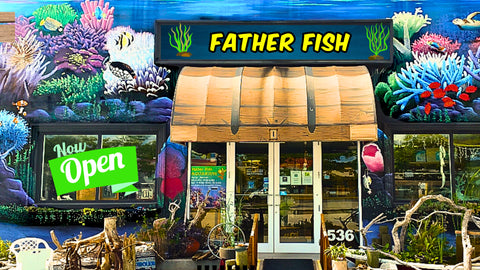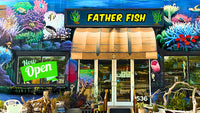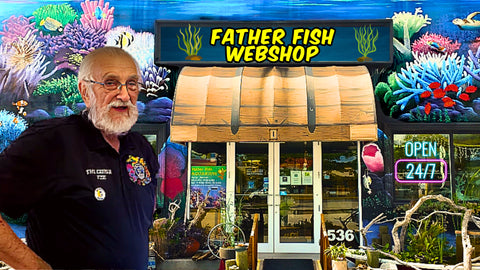
Need Help With Your Tank?
Book a 30-minute consult with Father Fish — tailored advice to fix, balance, or upgrade your tank the natural way.
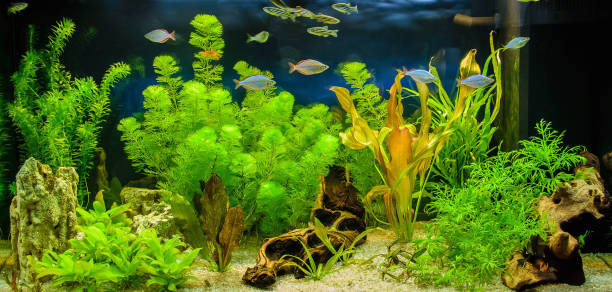
Start Your Tank Right
Shop curated plant packs and Aqua Preta soil to build your tank the Father Fish way — balanced from the bottom up.
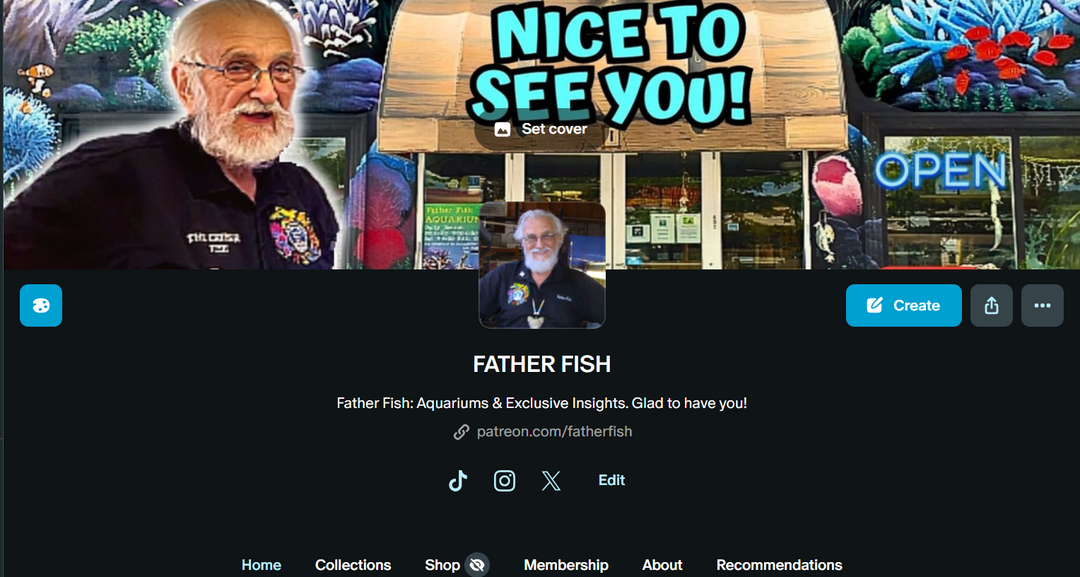
Join the Natural Aquarium Community
Get access to exclusive content, Discord chat, and early product drops. Be part of the movement.
